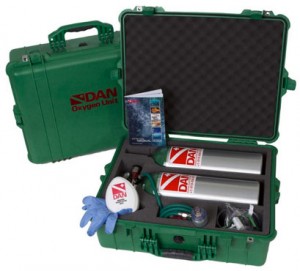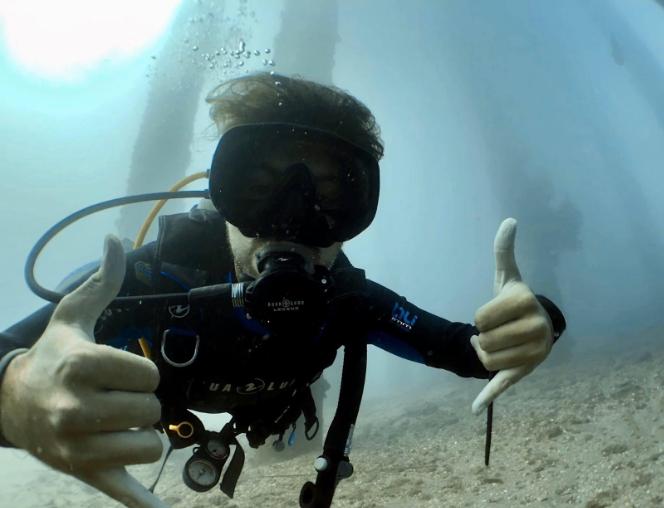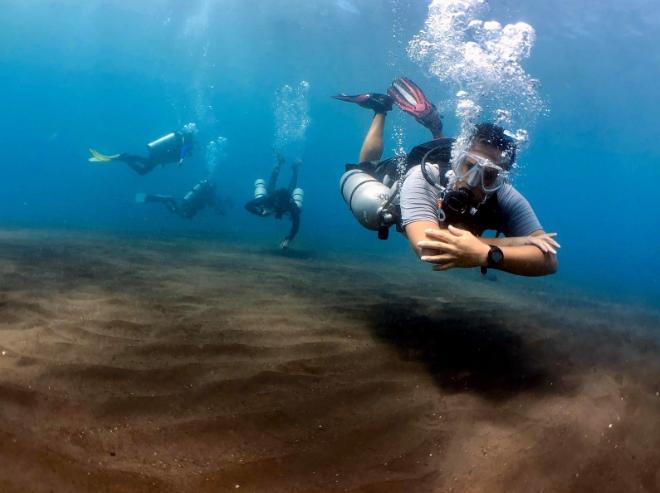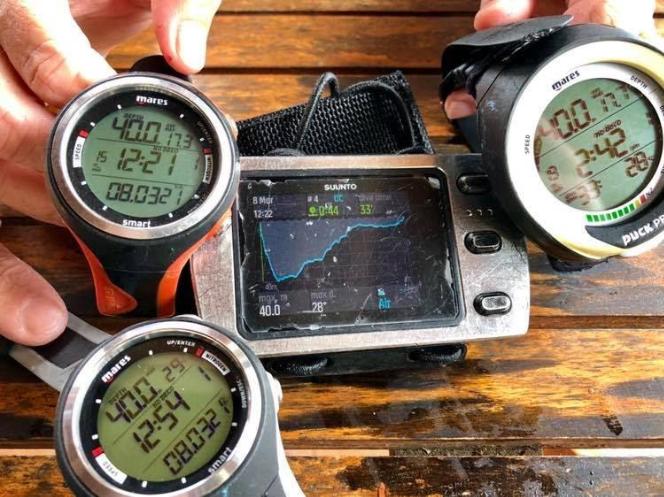PADI IDC Theory: Decompression Theory Part 3
Decompression theory: decompression sickness, and treatment for DCI
Nitrogen exits the tissues and the bloodstream in solution, but as the rate of off-gassing nitrogen increases, small “silent bubbles” begin to form. Doppler technology is able to detect these bubbles in the bloodstream, detecting early signs of decompression sickness (DCS). Decompression sickness becomes a serious threat as soon as those bubbles combine into larger bubbles that can cause pain, rashes, paralysis and even death.
When ascending from a dive, divers must adhere to an ascent rate no faster than 18m/minute to allow bubbles to exit body tissues at a safe rate. All gases expand upon ascent and tiny nitrogen bubbles from a safe dive can still cause DCS if the ascent is too fast.
There are two types of DCS, type I usually only involves the skin, joints, or limbs, while type II is serious and life-threatening, manifesting as numbness, tingling, paralysis, weakness, fatigue, or even unconsciousness. Ensuring every diver has their own dive computer and that all computers are set to similar levels of conservatism helps track nitrogen saturation and reduce the risk of DCS. However, there are certain factors that can predispose an individual to DCS on any dive:
- Amounts of fat tissue. Fat releases nitrogen slowly so divers with higher percentages of fat may have more nitrogen saturation following a dive.
- Aging circulatory systems become less efficient, slowing the elimination of nitrogen.
- When the body is struggling for fluids, there is less blood available to carry nitrogen out of your system. Always stay hydrated when diving (and ensure your buddy is, too!)
- Injuries/illness. These can alter or restrict circulation to certain areas, meaning nitrogen might be eliminated more slowly from that area.
- Alcohol before or after diving. This alters circulation patterns, dilates capillaries and promotes dehydration, all of which alter nitrogen elimination and bubble formation.
- Cold water. When a diver becomes cold, circulation to the extremities is reduced, hindering nitrogen release.
- Heavy exercise. If a diver exerts themselves during a dive it can accelerate circulation and saturation of nitrogen. Exercise before and after diving should also be avoided.
- Tables and computers are based on operating at sea level. If a diver travels to altitude following a dive, larger bubbles can form. Returning to sea level cannot alleviate the problem.
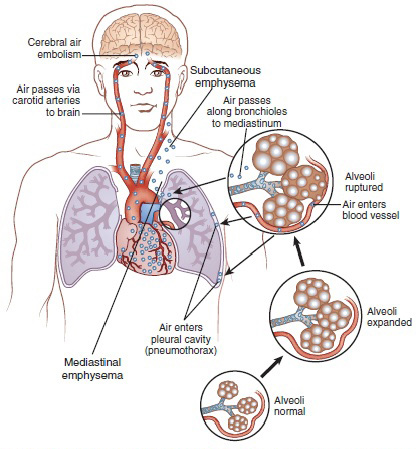
The other possible injury in terms of ascent and gas expansion is lung over-expansion or air embolism. If a diver does not allow air to escape from their lungs during ascent, the expanding air can tear through the lung and into a number of areas in the chest, possibly even entering the bloodstream (air embolism).
The symptoms of air embolism and lung over-expansion are very similar to decompression sickness: numbness, paralysis, weakness, vertigo, cognitive impairment, nausea, convulsions, or even loss of consciousness. Because these symptoms are so similar, it can be difficult to differentiate whether a diver is suffering from DCS or a lung-overexpansion injury. The speed at which the symptoms present is an indication though – DCS tends to take time to present, whilst with lung injuries, the symptoms are usually more immediate. Luckily, first aid procedures for all of the above are essentially the same. Keep the patient laying down on their left side, administer 100% oxygen (or Nitrox if oxygen is not available), provide primary care and arrange immediate transport for professional medical attention.
Our PADI IDC programmes cover a wide range of concepts behind nitrogen saturation and Decompression Illness as information and research is always emerging. Join us in Bali to learn more !

